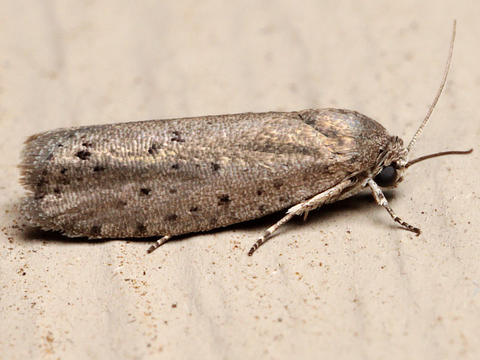During summer I utilize vegetables that are of the best quality this time of year. I like to make Greek salad, gazpacho, eggplant parm, and ratatouille. The vegetables in ratatouille grow best in regions with warm climate, and this dish originated in the south of France where a Mediterranean climate prevails. It’s a fairly recent dish, probably not invented until about 1877, and it descends from French peasant stews traditionally made with beans, potatoes, root vegetables, and fatty meat. These ingredients are less available during the warmer months, so rural people began substituting what they grew in their garden in the summer. Almost all of the vegetables in ratatouille were unknown in Europe until the 16th century. Trade brought eggplant from India; and tomatoes, peppers, and squash from South America. Other countries have similar dishes, such as caponata from Italy, and numerous vegetarian dishes from India. This is how I make ratatouille.
My ratatouille. I cooked the bell peppers separate because my wife can’t eat them. My daughter refuses to eat eggplant, and I had to make something else for her.
Slice 1 or 2 eggplants into long wide strips and add salt to them. Let them sit for an hour until the salt forces the extraction of the bitter liquid inside. Then wash the salt off. Many chefs claim this step is unnecessary, but I made the mistake of listening to them once, and the eggplant was bitter. Slice 3 or 4 zucchini into long wide strips. Place the zucchini and eggplant into a pan covered with a thin layer of olive oil and sprinkle salt on the vegetables. Roast them in the oven at 375 for half an hour. (The size of the vegetables varies and so does oven temperatures. Use common sense and knowledge of your own oven when making this.)
Meanwhile, in a skillet sautee an onion, 1 or 2 sweet peppers, and some garlic in olive oil. Sprinkle salt on them. When the vegetables in the oven are done dump them in the skillet with the other vegetables. They should be swimming in olive oil. Add a 6 ounce can of tomato paste plus 6 ounces of water to this along with some basil and oregano. Heat them together briefly and it’s done.
Ratatouille is a nice side dish, but I prefer to make it the focus of the meal. It’s satisfying because the eggplant has a meaty texture, and the olive oil is a good substitute for meat fat. I like to serve it with hard boiled eggs and crusty bread. One could poach eggs in it, but I like hard boiled eggs better.
I’ve even invented an excellent sandwich using leftover ratatouille. Heat the leftover ratatouille in the microwave. Smear some of the excess olive oil on the bottom of a sturdy bun. Add a layer of salami and put a slice of provolone cheese on the salami. Place a big spoonful of warm ratatouille on the cheese so that it melts and top with the other half of the bun.






